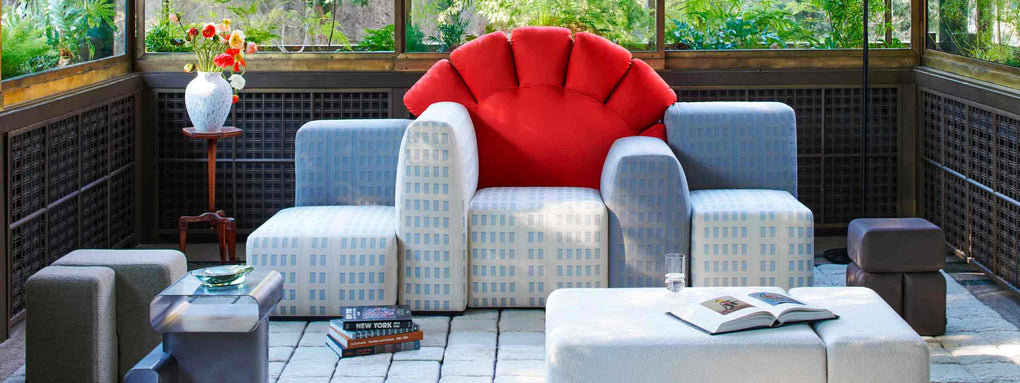DESIGN ITALY EDITORIAL by Ranieri: Consumer Preferences and the Heritage Trend
The most modern trend? The recognisability of the past
In an ever-changing world, it is once again essential to look back. And not so much to take on board the mistakes of the past or some kind of lesson, but to transfer the value of its own past into the most updated product, in other words, its history, its recognisability and its most distinctive features. And all this is becoming increasingly evident in the world of design with a more evident shift towards the heritage trend. A revival, yes, but not on a large scale, or rather, with a very precise basis of selectivity able to reflect a change in buyer consumption.
Consumer preferences are now moving in the direction of a revival of the heritage of the past. The logical shift that is materialising is in favour of the 'timeless' product, which can, for example, go back to the Sixties and become extremely modern by changing only apparently minor details. Or through pairing choices that are casual only at first glance.
At the end of last year, Mintel's global survey ranked the main spending trends within the design universe. Among the outlines highlighted for 2021 there was an increase in outdoor design and the gardening segment, while when thinking about interior design, 24% of respondents bought new furniture, while almost twice as many - 39% - favoured decorating furniture from the past. Thus reviving vintage models or buying new products that still replicated the style and details of a few decades ago. After all, looking at the figures, one of the main trends for the coming months in the world of furnishing is the vintage mix: that is, combining ultra-modern furnishing accessories with highly recognisable pieces from the past, in other words with a high heritage content.





